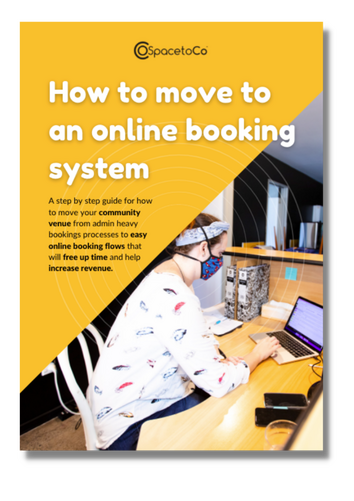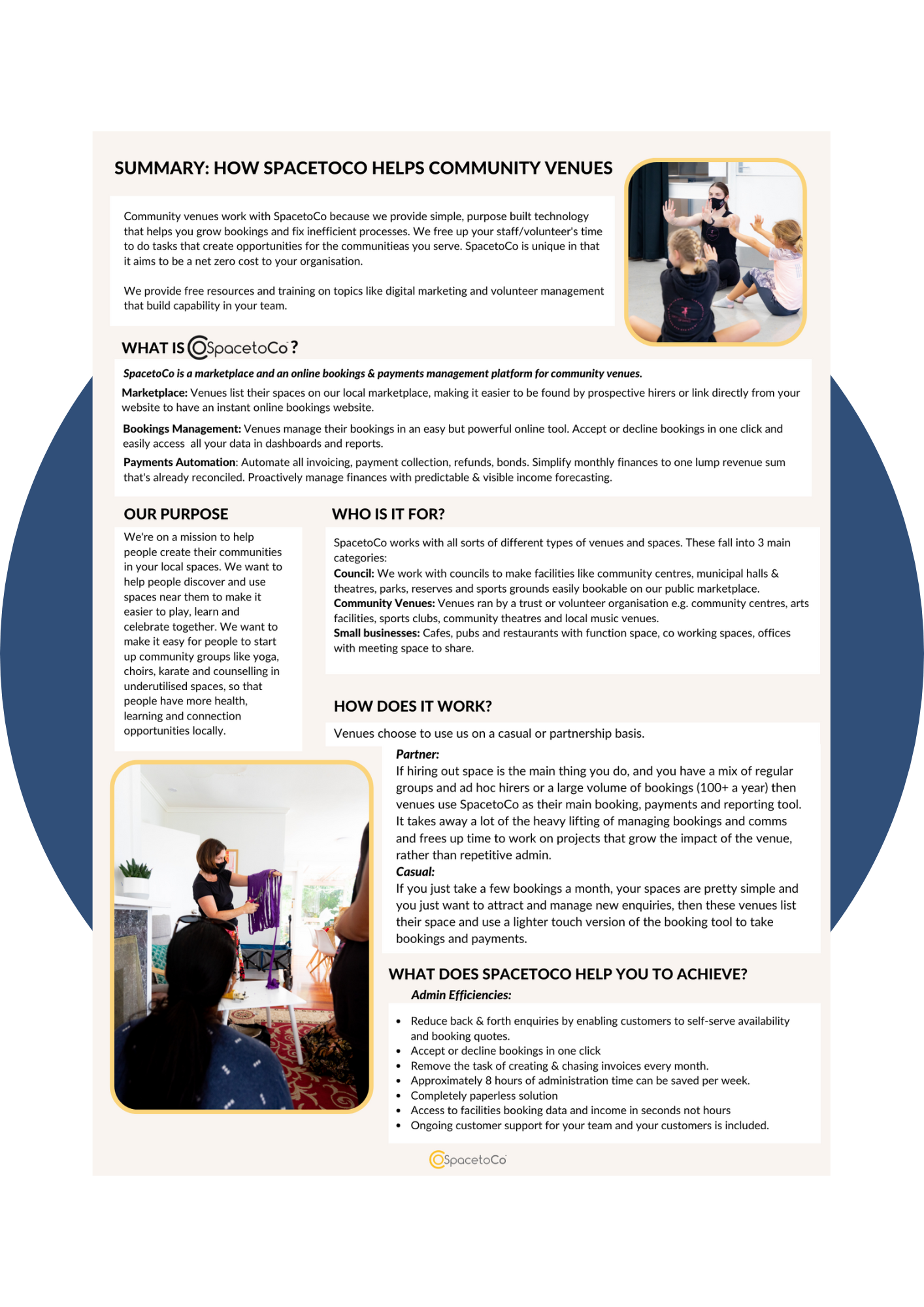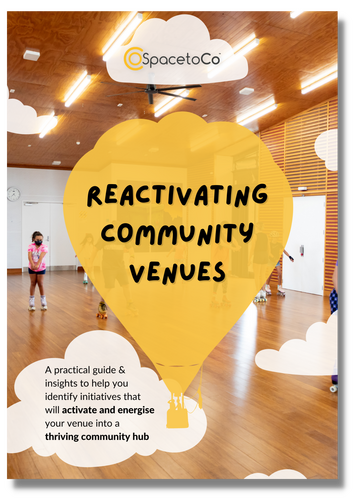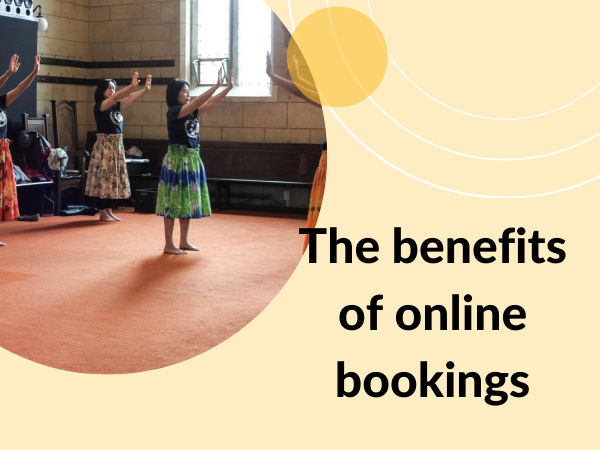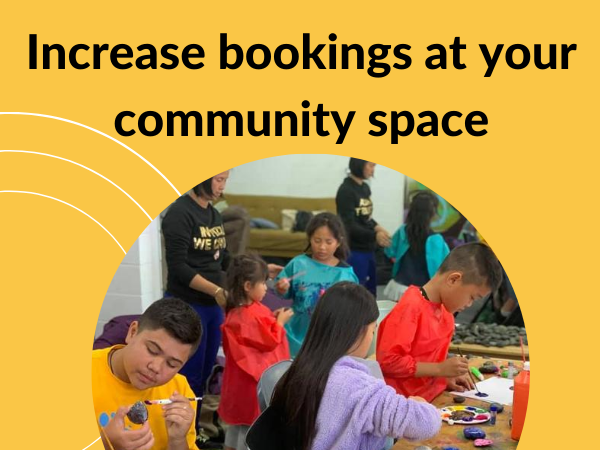Community Spaces
The ultimate guide for creating Community Connection within Community Spaces
Updated July 2020
- Why Humans Need to Connect
- What happens when people Connect in Communities?
- Building a Community in Five Easy Steps
- How Space Sharing can Lead to Community Connection
- History Behind Civic Community Spaces
- Local Government and Community Development
- Case Study - Sofar Sounds
- COMING SOON - Making it Easy for People to Connect with Alternate Space
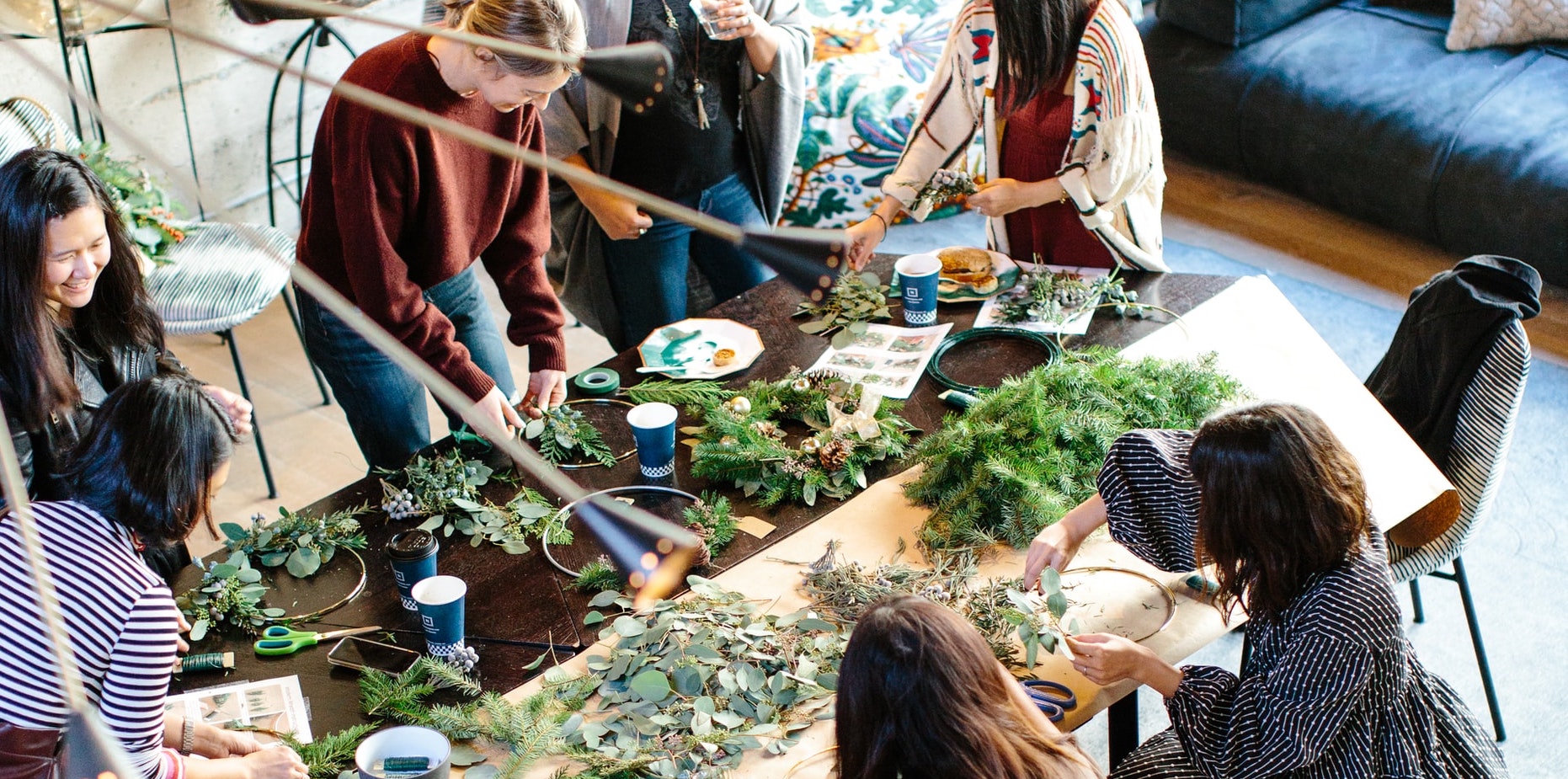
Human connection is important – and it’s also present in a lot more areas of life than we realise.
Someone doesn’t say hi back to you on the street when you pass them? We don’t like that, because we like to connect. That person is now marked in your memory.
Boss gives you feedback on a project? We might not like the content, but contact is what we crave. We are complex creatures.
Customer complaints? Human connection. Buy something at the supermarket through a human cashier? Human connection affects us all the time – you get the point…
Any and all connection helps us grow as humans and it’s important to not lose sight of that. Our desire to connect also drives a lot of our decisions; and we often don’t realise it.
If we go for an interview at an office and the receptionist is a bit distant that forms our view of the workplace immediately. Is everyone like this? Is this a good working environment? This is your need for connection taking over in a situation you might not expect. Even before you get to the important part, you’re already worried about how you will personally connect with potential co-workers.
The why of why we need to connect has stayed pretty constant throughout human history – it’s how we learn, form bonds and survive. But the way we achieve that has changed.

The research tells us that people are increasingly choosing online communication over face to face communication. According to The Atlantic, 45% of the world are now on social media and spending an average of 3 hours a day on messaging services. 3 hours multiplied by about 3.5 billion people is a lot of time online. (10,500,000,000 hours in case you were wondering). And that’s not including the fact that 94% of businesses use services like Facebook as well. Welcome to the new face of connection and it’s here to stay whether we like it or not.
Teenagers who get together nearly every day dropped by more than 40% between 2000 and 2015. Young people are the online generation – that’s where they spend most of their time.
But the transition hasn’t been completely smooth – the same research from the Atlantic reveals that 8th graders who spend more than 10 hours a week on social media are more likely to say they’re unhappy than their counterparts who spend less time on social media.
We’ve opened a lot of new doors – but, despite how much it’s dominated our preferred methods of connection, the experience isn’t a replacement for face to face interaction… just yet.
The internet is a lot different than it was when it first came on the scene – the transition from web 1.0 to web 2.0 shed most of the technological know-how required to surf the web. We can now use the internet for a whole host of activities, but some areas have lagged behind on fully utilising this new pathway. For example, how many unintuitive booking systems have you used in your lifetime? It’s a big issue for companies in the digital era. Some companies still require you to call to book, or manage subscriptions and memberships. The internet was supposed to make everything more convenient, but unfortunately there is no uniform standard.
For online to become an actual platform for human connection – it should all be connected to the human. As Steve Jobs puts it;
.png?width=350&height=350&name=TEENAGERS%20(1).png)
“Design is not what it looks like and feels like. Design is how it works”
Businesses looking to make connections with customers should consider that customers are faster to adopt new technology than businesses. We might not consider our services to be a product we’re offering – but they are. With issues of Buy Now Pay Later apps and environmentally conscious shopping tipped to rise in the coming year; it’s something to keep in mind.

Credit: Blake Wisz // Unsplash.com
Online systems can be incredibly complicated. We’ve become so numbers focused that we can invent something designed for humans to connect that completely forgets the human bit. These systems are outdated, disjointed and completely different to a similar service designed by someone else.
Simply put; the research tells us people prefer brands who connect with them… like humans. The internet may be built on data; but that data should have a friendly face 😀
Accounting and Professional Services organisation Deloitte has done considerable research into what they call ‘Human Experience Platforms’ This quote sums up their findings nicely:
We need to connect with people. It’s a simple fact of life.
.png?width=350&height=350&name=QUOTE%20(1).png)
Celebrating community venues
Why we think community venues are so important for creating incredible human connections.
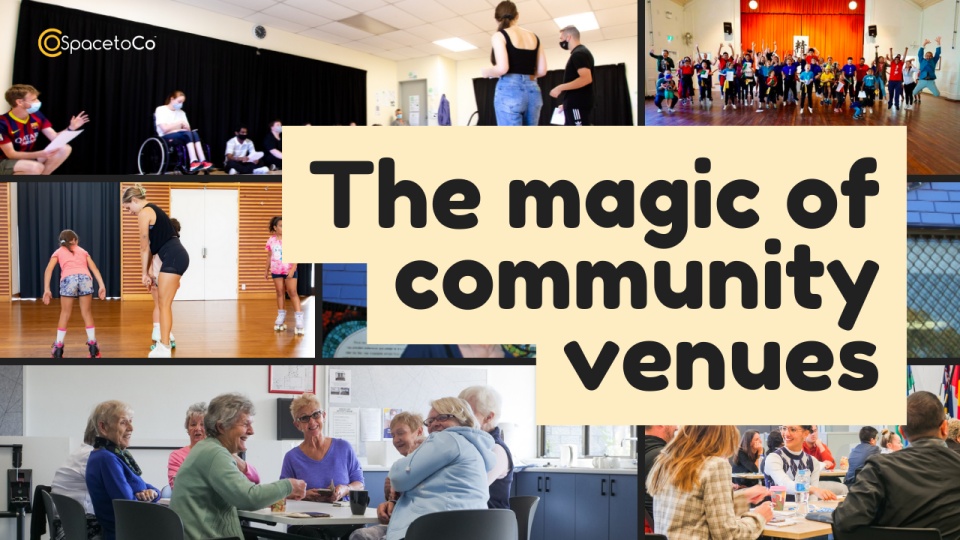
Western Bulldogs saved from collapse by fans
First up, is the story of the AFL (then VFL) team the Western Bulldogs. Faced with declining sales and membership in 1989, a merger was placed on the table by the club president at the end of the year which would effectively end the existence of the Western Bulldogs/Footscray football club that had existed since 1896.
Discontent with the history of the proud club being wiped away, lawyer Peter Gordon and the people of the western suburbs of Melbourne rallied; immediately mobilising to raise funds to pay off the clubs historic debt.
Not only was a football club saved, but so was a community. Footscray gets a lot of use out of the Bulldog’s headquarters and it helps give the suburb it’s identity.

Credit: The Herald Sun // 1989
Games Done Quick
Perhaps one of the more off-beat fundraisers that you have never heard of. Every year, a select group of gamers gather at some of America’s largest convention centres and community spaces, to play video games. But with a catch…they have to finish them as fast as possible. This unique proposition has created an extremely dedicated community for the event that assists with their fundraising objectives for each event.
Donors are lured in with the promises of having messages read out on air, or dictating special challenges to whoever is running a game at the time. The average amount raised from these events has slowly risen from $1 million back in 2014, to $3 million as of 2020, These funds have gone to deserving organisations such as CARE and the Prevent Cancer Foundation. Who said you wouldn’t get anywhere by playing video games all day
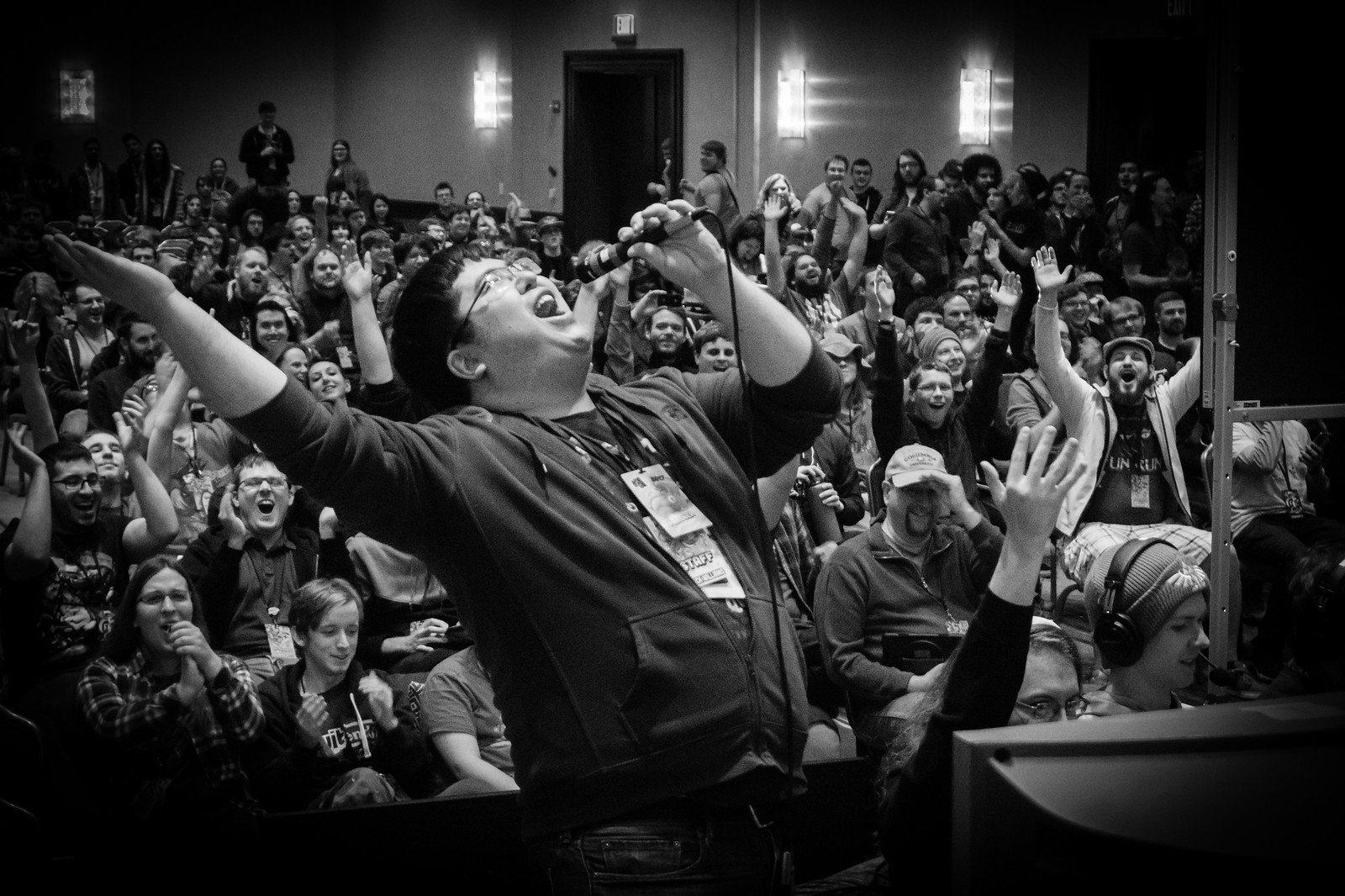
Credit: https://photos.gamesdonequick.com/
Charity: Water and the importance of human connection
After spending his formative years as a nightclub promoter, CEO Scott Harrison decided to break from his “emotionally bankrupt” lifestyle to pursue charitable efforts abroad – most notable of which were the 2 years he spent on a hospital ship where he saw the disastrous effects of unclean drinking water first hand.
At all connection points with prospective and captured donors, Charity: water puts the people it helps first through videos and images showing the impact their charity can have. To date this has helped them serve over 10 million of those in need in Africa – spending roughly $59 million in 2019.
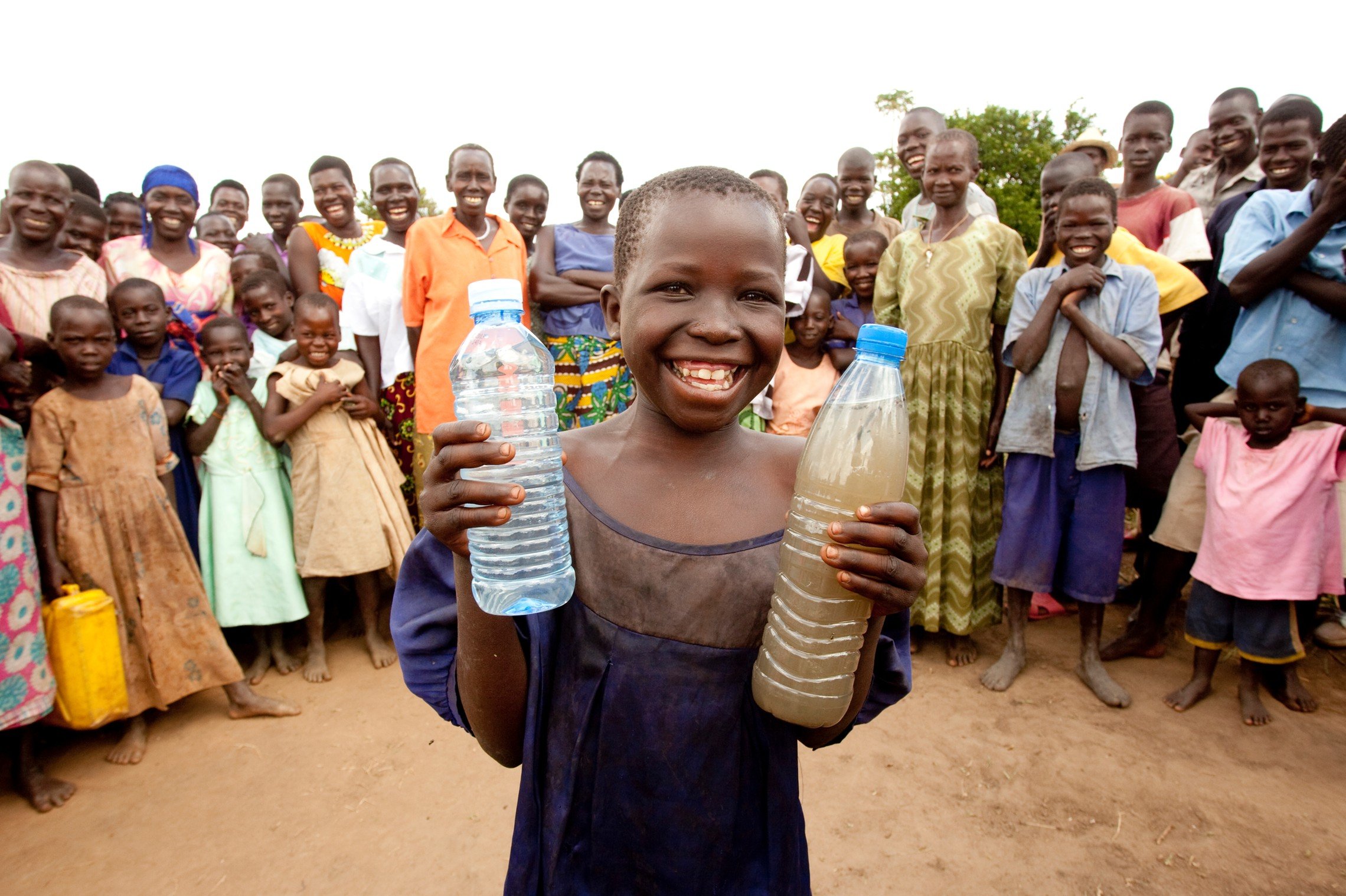
Credit: https://www.charitywater.org
“Never doubt that a small group of thoughtful, committed citizens can change the world; indeed, it’s the only thing that ever has.”
- Margaret Mead
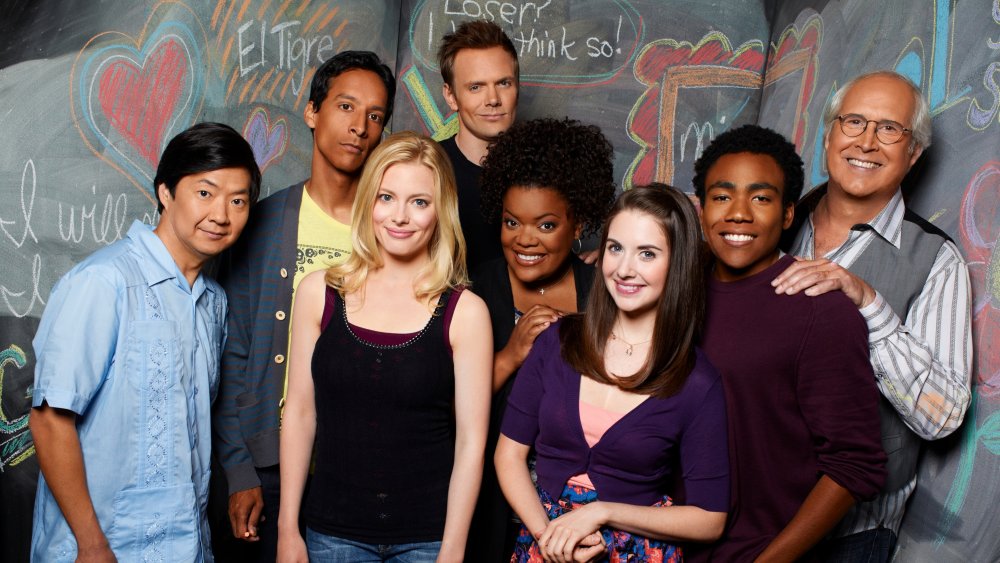
Credit: Community (TV Series) – NBC// 2009-2014
(You knew that reference was coming 👆)
There are some general boxes to be ticked when building a community, the order is negotiable for some; but generally you want to meet all these steps in some way:

Communities are formed on connection. Find people who share a hobby, interest or simply a geographical location. We can connect over most things.
The first step is often the hardest – reaching out to people to form a connection can be a scary prospect. Communities have to start somewhere though.
Find a group of people who share a common interest, have similar hobbies or even just live on your street. There are 7 billion people on this planet, so even if you are 1 in a million; that’s still 7,000 people who are like you. Meetup.com, Humanitix and Eventbrite are some online ways to reach out and find your tribe.

Simply being connected on an idea isn’t enough, however. Establish what is expected of members – such as participation in discussion, or attendance of meetings.
Once you find people, it’s probably a good idea to make sure you’re all together for a reason. Expectations can range from participating in discussion, to attending meetings or who does what. Set the framework early so there’s no confusion later on. You should also figure out who has what strengths and play to those.
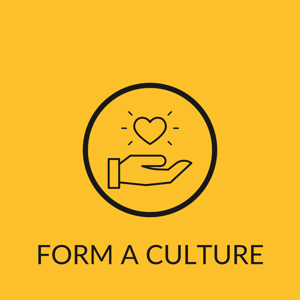
The best way to create culture, is to lead by example. As the age old adage goes; “treat others the way you want to be treated”. Again, we’re social animals. People see you physically embodying the culture of the group and they will have a better understanding of what the culture is.
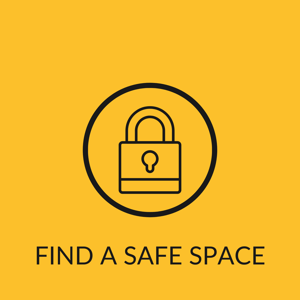
Having a place to call your own that is easily accessible and can facilitate your community’s activities is vital. Sharing a space is a great hack for community development. When we’re physically together, there is no replacement for that connection. This, of course, doesn’t mean you have to own that space – let’s be realistic here. Many suburbs, cities and towns have avenues for renting out community spaces for a couple hours every week. Just google “your city/town/suburb” and “community spaces” to get started. There are even services that will connect you with a private resident or local government looking to rent out their spaces – we know because we’re one of them!

This one is easy because our mums already tell us we’re special, and they would never lie to us. There’s a certain marketing element to communities whether you realise it or not. Standing apart from the crowd will help similar and like-minded people find you and your community. Find what makes you special and let everyone know. Most importantly remember to give yourself that special presence online as many real, human connections now start here.
Communities are a profound thing … take your time to get it just right 👌
Like most things, it will stand the test of time better if built with care.
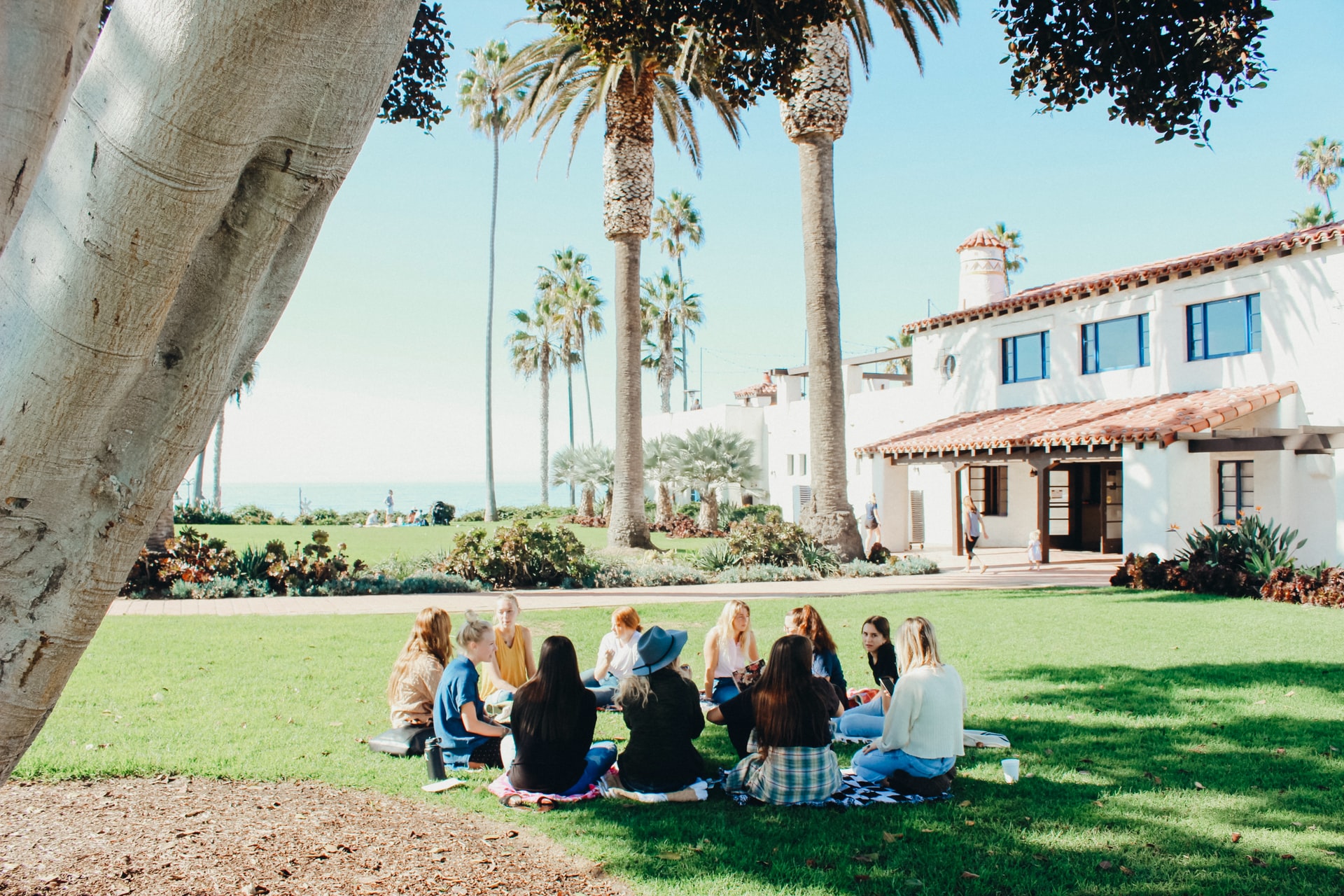
Credit: @KylieLugo // Unsplash.com

Space sharing is a key component of community connection. When we are face-to-face with each other we truly form bonds. But as we’ve established, space comes in a lot of different forms – how do individual spaces work towards fostering community connection?
Everything has a home – a place where it isn’t necessarily present all the time, but where it usually belongs. Community groups are no exception.
Thinking of spaces for groups is important. As the age old adage goes “You can’t put a square peg in a round hole”. Different groups have different needs. Getting these spaces right can have a profound impact on forming community connections. We’ve seen a lot of different community groups looking for space for various reasons; birthdays, church services, wedding anniversaries… The list is endless.
So if you’re looking for inspiration, here are some space types and what they can be used for:
(And this by no means is definitive – we’ve seen a lot of quirky space/events matchups. Weddings in industrial warehouses, music gigs in cafes … there are always creative ways to use space!)
Type
Activity
Suitable Spaces and Places

Making, performances and shows, dancing, exhibiting, filming, photoshoots, rehearsals, sculpting
Galleries, maker spaces, theatres, green screens, cyclorama walls, sound recording studios, artist studios, dance studios with sprung flooring

Exercise, training, fitness, basketball, tennis, football, soccer, netball
Outdoor and indoor recreation spaces including studios, courts, playing fields, recreation centres.

Celebrations, social events, functions, baby showers, birthdays, parties, weddings
Outdoor and indoor recreation spaces, recreation centres, Town halls, community centres, parks, reserves, event spaces
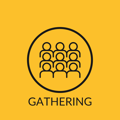
Concerts, church events, community rallies, community meet-ups, hackathons, performances
Town halls, community centres, open and flexible spaces

Private spaces for consulting & connecting. counselling, board meeting or any other 2-4 person meet-up
Board rooms, office spaces, counselling rooms, consult rooms, small meeting rooms

Rooms associated with wellbeing & health. Meditation, Studio, Wellness, Yoga
Studios, gyms, quiet classrooms, gardens, parks, halls, activity rooms, community centres

Workshops, professional development, training. cooking classes, classrooms, kitchens, lectures, workshops
Libraries, vocational facilities, classrooms, lecture theatres, hot desks

Open spaces, gardens, nature, outdoor events, animal friendly spaces
Parks, reserves, gardens, acreage, streams, rivers, beach frontage

Desks & productivity spaces. coworking, hot desks, pop-up, retail
Offices, shop-fronts, professional spaces, board room
History is one of the most interesting topics there is. Ancient Rome, Greece, Egypt, and the many medieval wars that Europe seemed to be addicted to. We all love history; but what about the history of civic community spaces? … don’t click away, this is interesting!
A lot of those services we’ve come to take for granted are the result of community action – it’s a good fact to be aware of because there’s no end-game to community, if you’re missing vital services you can take a leaf out of George Washington’s book when he helped organise one of the first professional fire-fighting services in the United States.
That’s right … George Washington was a fire-fighter. Bet you didn’t know that.
Fire-fighting traces back to Ancient Rome but they were by no means a community service. They used to let your house burn down while their chief haggled over the price with you! Clearly something had to be done there.

Artist’s depiction of George Washington as a firefighter
Communities that felt unsafe or particularly vulnerable to crime embarked on a similar journey. They decided among themselves that some of them would watch the neighbourhood. This became the neighbourhood watch which would later become the entire concept of policing as we know it.
So there’s the civic, but where are the community spaces?
None of this would have been possible without the holy grail of community spaces and organisation – the Town Hall.
Citizens all throughout history have used these humble spaces to gather, meet and effect some of the most profound changes on our society as we know it. Think Roman forums … Greek Agodas – These are some of the very first examples of the town hall.
From mundane meetings on road maintenances, to truly historic meetings of the minds – town halls and other civic community spaces have enriched our history.
Although their definition was more strict in the past, as have gone, town halls have taken on a metaphysical definition as well; any community meeting place could be described as a town hall. In America they even call some political campaign events Town Halls.
They can also be public or privately owned – churches used to be important civic spaces before the separation of church and state.
Restaurants across the American south were important meeting places for Civil Rights leaders during the Civil Rights Movement. The history of publicly accessible spaces is very much the history of our society – and it can all be traced back to our humble town halls.
Civic community spaces are important – somewhere people can go and openly meet and discuss important issues can be important catalysts for community action.
Some might argue the internet has assumed a lot of these responsibilities … and it’s true that a lot of movements have sprung from cyberspace, – but it’s important that we never forget where these ideas first came from.
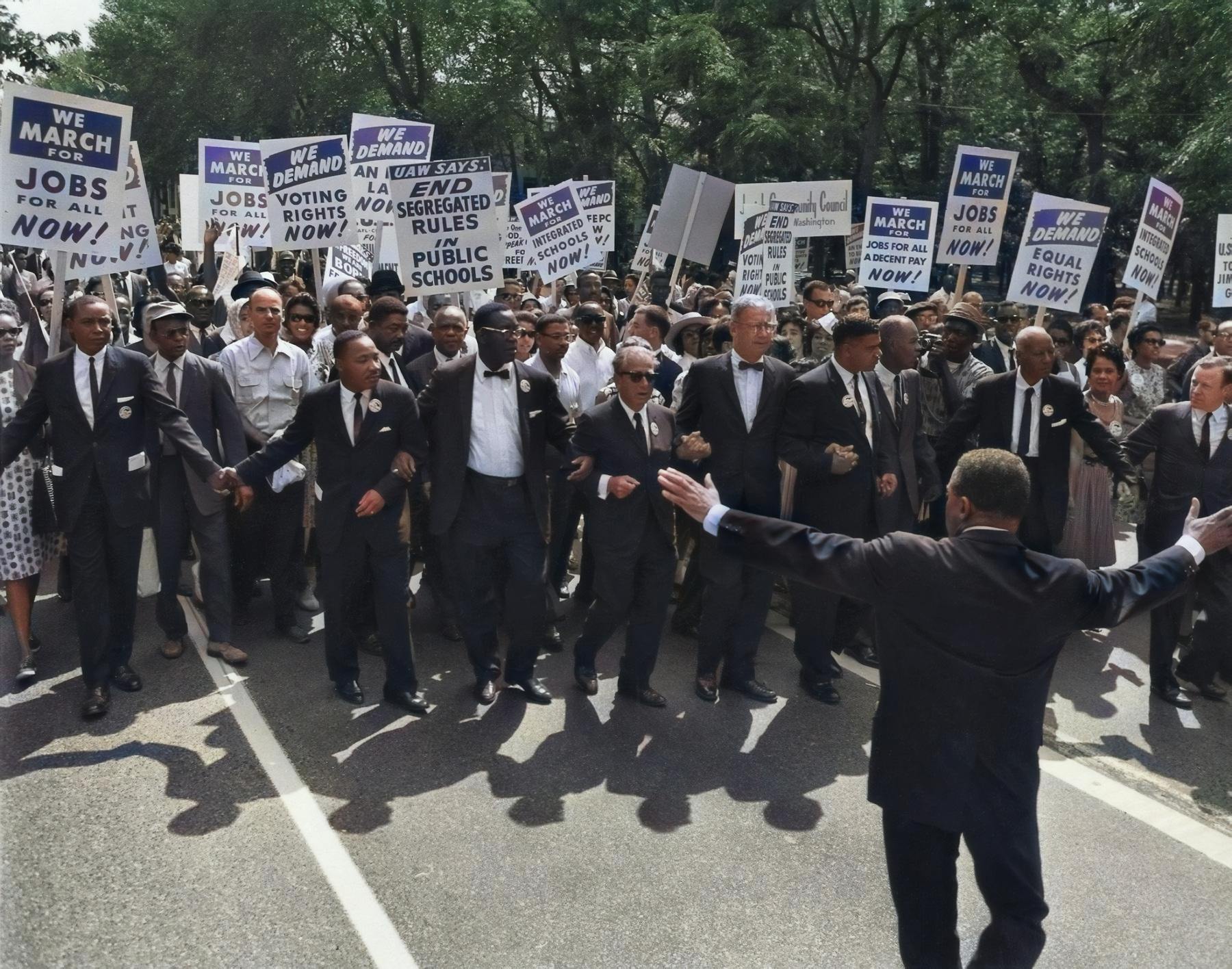
Credit: @HistoryHD // Unsplash.com
Local Governments … we all probably live within the district of one but do we really know about them?
You might view them as just another layer of bureaucracy and taxes, or you might be involved with them and shake your head in disbelief at that description.
Sometimes governments can get a bit carried away drawing these boundaries – the city of London used to have 86 boroughs dividing their residents … these days it’s a much more manageable 32.
What made them change? Community programs. In some instances you would have one council controlling an area school, another running the nearby emergency room, and another for the fire department. It was a real coordination nightmare.
Generally a good rule is one local government per, uh … locality.
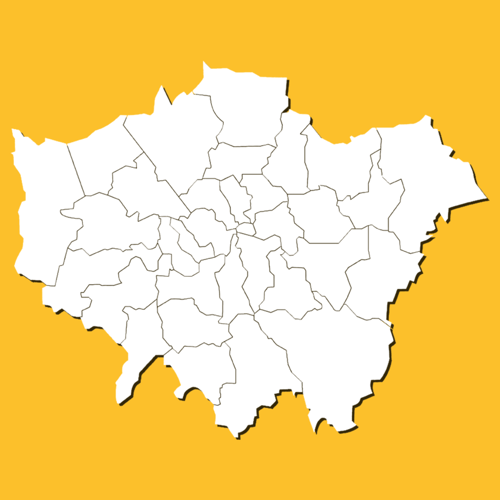
London’s 32 Burrows – How many can you name?
But enough about London’s weird design.
When it comes to Community Development, a lot of it is left to Local Governments to work on and deliver. So, like it or not, if you want to know Community Development; first you must know Local Government.
There are key areas that Local Governments can act on to develop closer bonds within their geographical community. Here are some important ones:
.png?width=180&height=180&name=PLACEMAKING%20(3).png)
Placemaking is the concept collectively re-imagining public spaces, and putting them at the centre of communities. Turning them into places for people to connect.
Think local parks and public squares.

They might seem old school, but social programs are the main tool in the arsenal of local governments looking to build community. These can range from bingo nights, to support groups for victims of domestic violence.
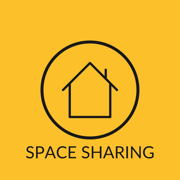
We all need room to move – spaces such as private rooms in local libraries, or venues that can be rented out for events are invaluable tools for building community engagement.

One person – or organisation – can’t do it all. If someone in your community is working on a great idea that could help develop community – reach out and give them a hand.
The more academic of us would understand this process as a form of visioning – the community development concept that essentially boils down to communities need to know what values their constituents hold when planning for the future. These are ways that are commonly utilised to fulfill these values, but are not definitive for everywhere.
If you’re Local Government delivering in all these areas, then your community development strategy is good. If you’re performing poorly in these areas, then maybe a change of tact is required.
You could be reading this from around the world – as much as we would love to list Local Governments within every country and what they do; it’s just not a good use of precious page space … and no one will read it.
So – activity time. Find your Local Government. If you know them already; great! If not, go to Google and type in where you live and council/municipality/local authority/Gemteem (Shout out to the Netherlands) and you should get your answer.
Now either on their website, or by using everyone’s favourite search engine (Not you, Bing), find out what community programs they deliver. This is the bread and butter of Local Governments – they should be a point of pride.
If you found a long list of programs, pride should be what you now feel for your Local Government, or if you didn’t find much it should encourage you to get involved. Yes – you.
Local Governments run on communities and communities run on people power. If you want to make a change you can. Attending these programs (if they’re related to your interests) is a good place to start. Popular programs make the community minded side of Local Government and the money side happy; and that’s a rare and beautiful thing.
If the situation is really dire and there are no programs; fret not, concerned citizens. You could ask for them or just organise your own. Local Governments are responsible for a lot of community development, but there’s no replacement for people power after all.
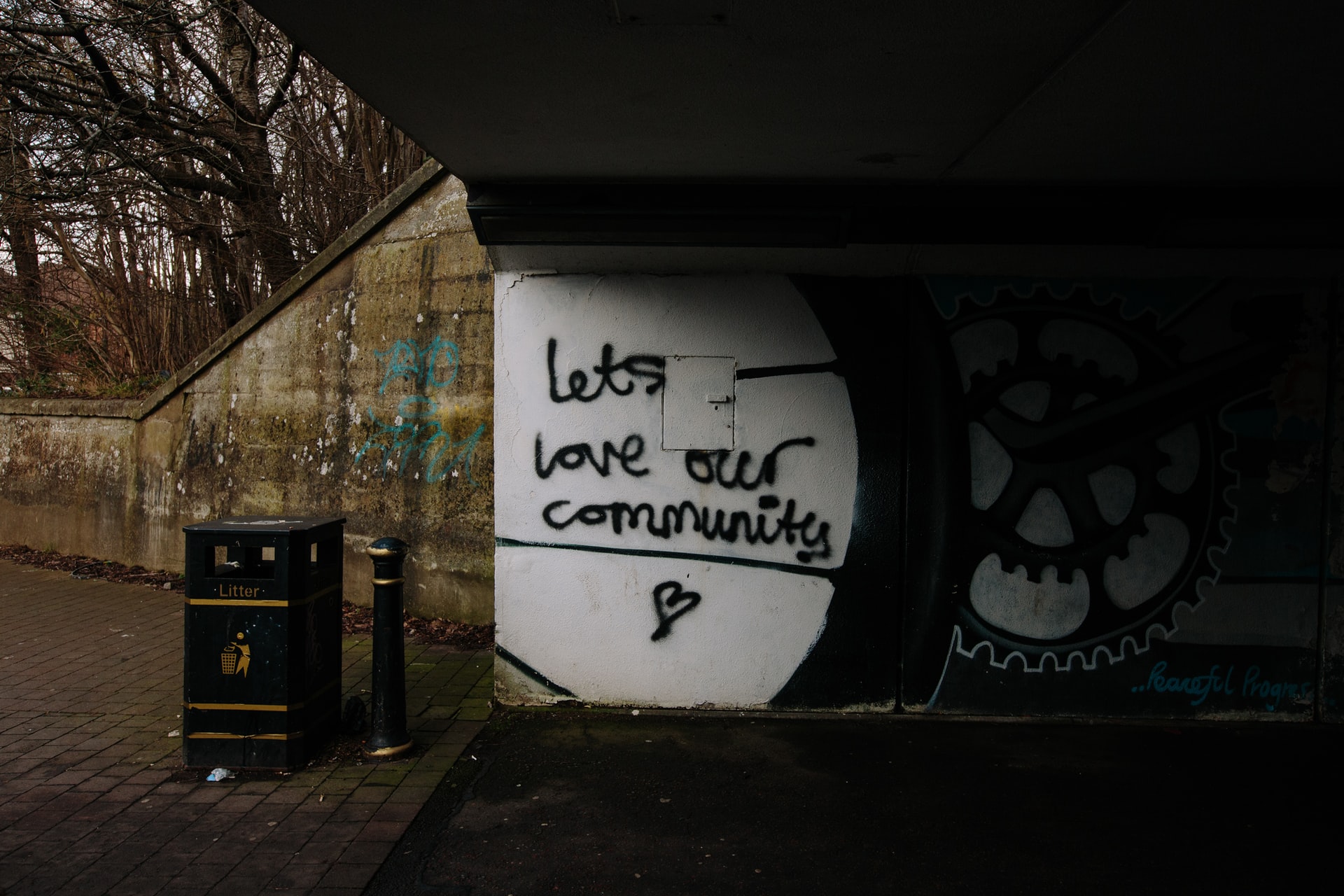
Credit: @HistoryHD // Unsplash.com
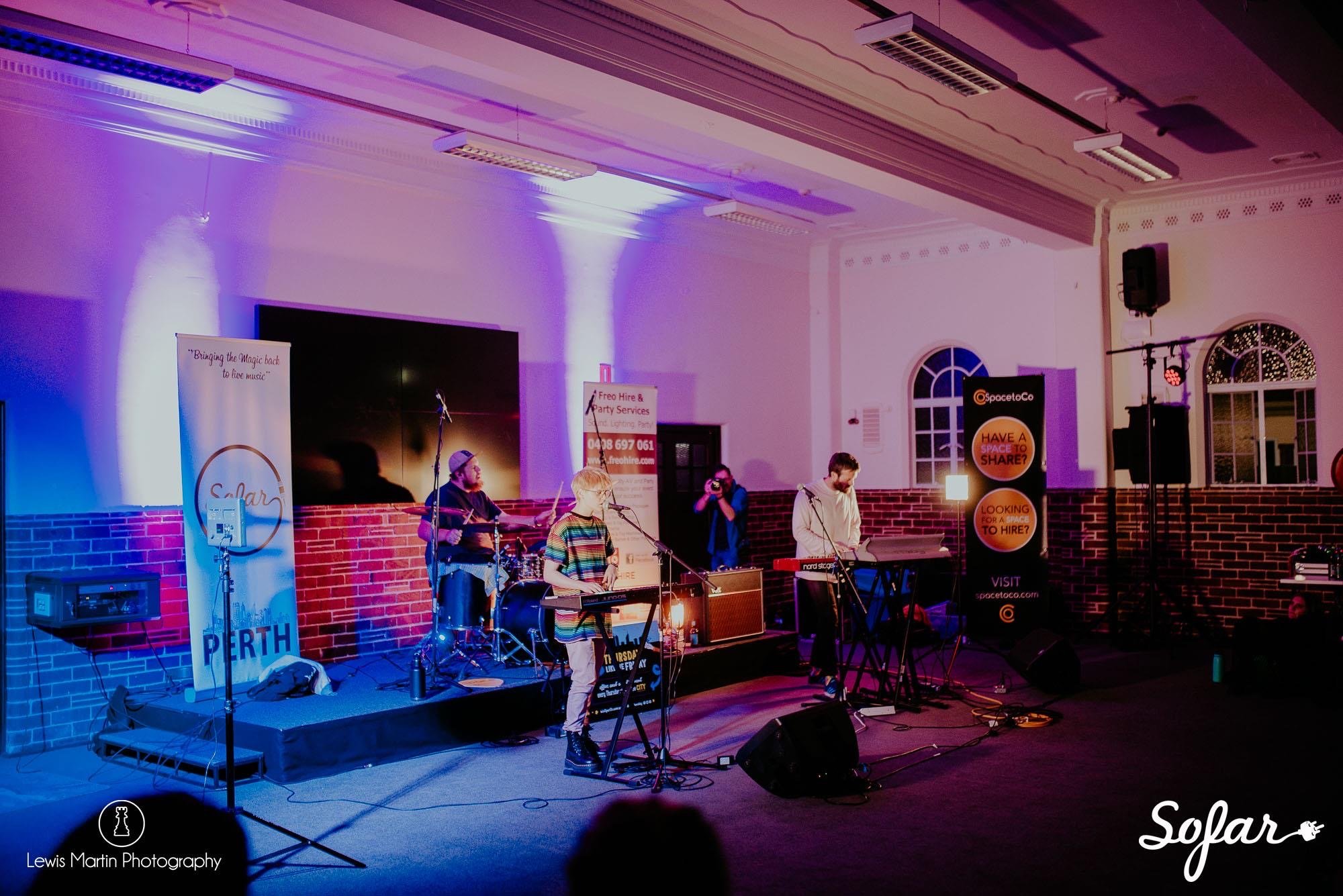
Credit: @Lewis Martin Photography
Okay – so we’ve talked a lot about community connection and community development so far; but what do we actually know about them?
Glad you asked.
We’ve seen our fair share of community events since starting SpacetoCo in 2015. One of the highlights has been this partnership 👉 Meet Sofar sounds. A global live show production company dedicated to the small, intimate music gig scene. Since 2009 they have been responsible for putting on some truly unforgettable performances.
It just looks cool, right? But these events are also important community builders. With shows in international locations as Atlanta, Boston, Chicago, Denver, Edinborough, London, Los Angeles, New York City, San Diego and (Phew!) a lot more!
Small, quirky gigs like this serve two major functions – showcasing amazing up-and-coming artists, and being one of the only music gig formats flexible enough to fit in almost any space in the world. That is a major unique selling proposition!
It’s the best of both worlds, really. Cool artists and nearby gigs that won’t produce enough noise or foot traffic to upset authorities.
If you ever have a gig near you (and you have to keep your eyes peeled because they can be kept very well hidden!) we urge you to go check it out.
More Sofar Stories...

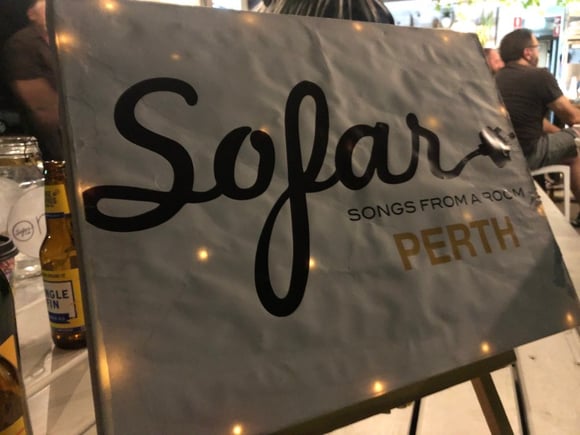
Check out our guide to why taking bookings online is an important step to enabling community spaces to grow their impact and connectivity.
Get 18 (free or cheap) tactics that you can take today to increase bookings (and therefore connections!) in your community space.

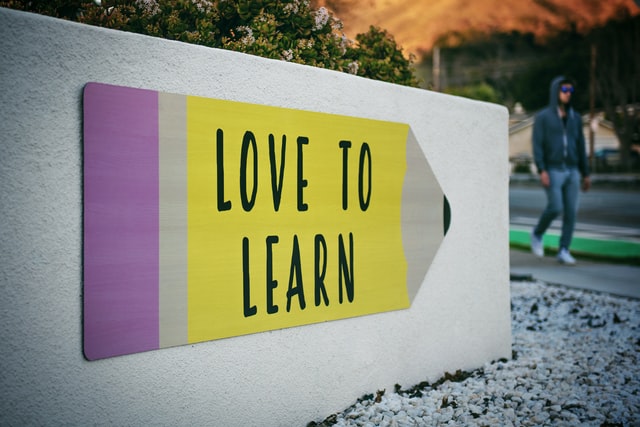

-1.png)


.png)

